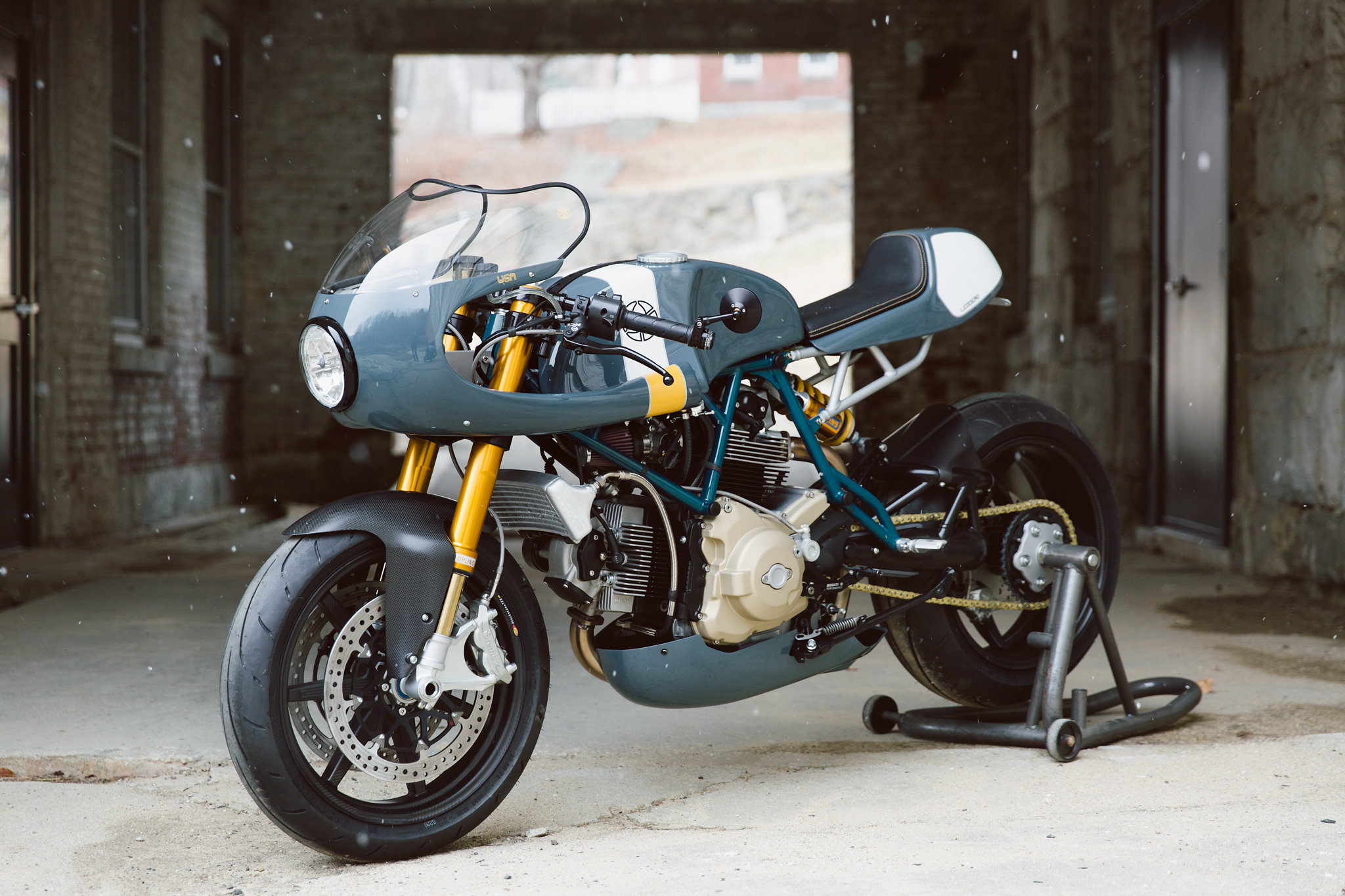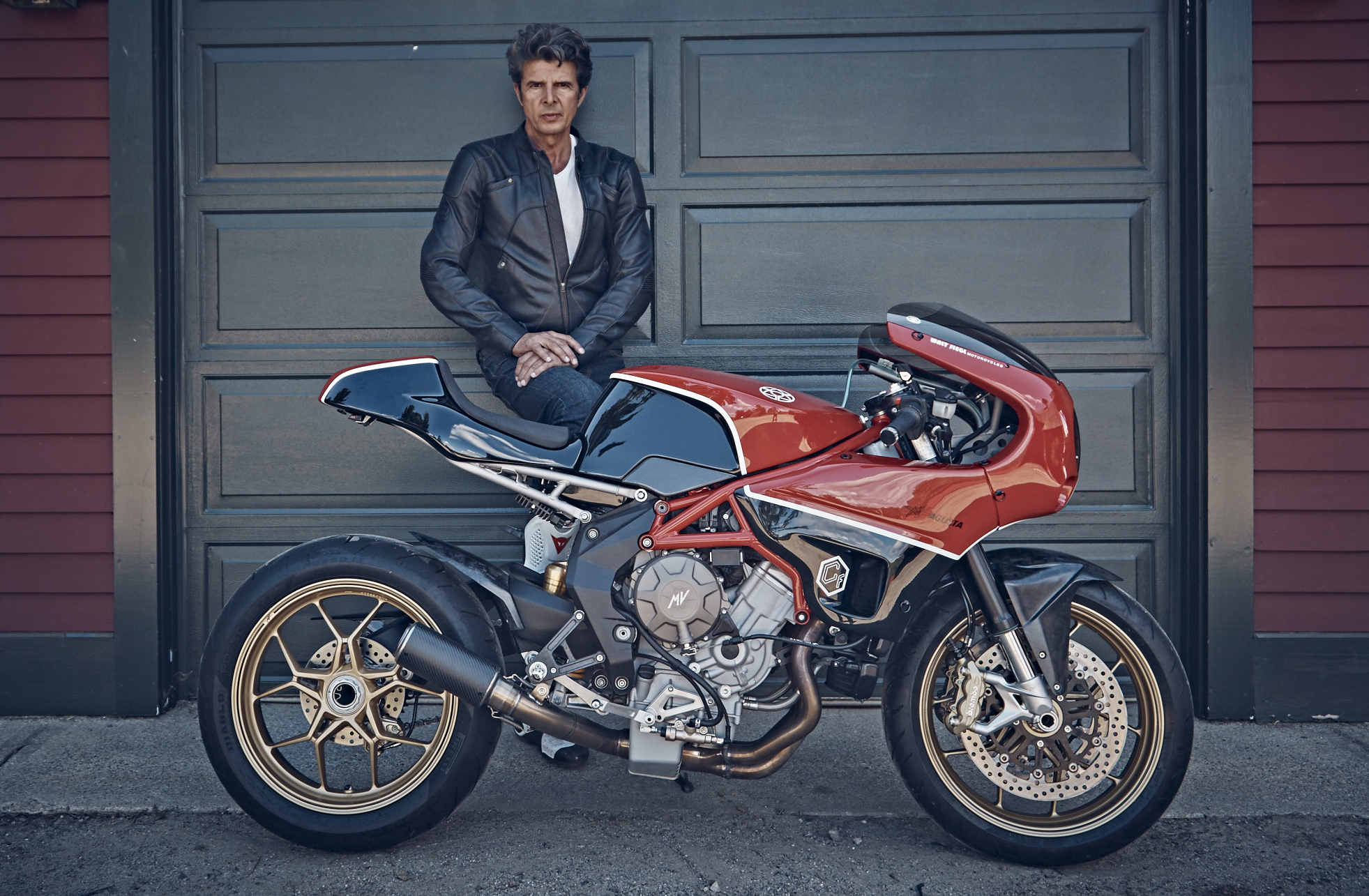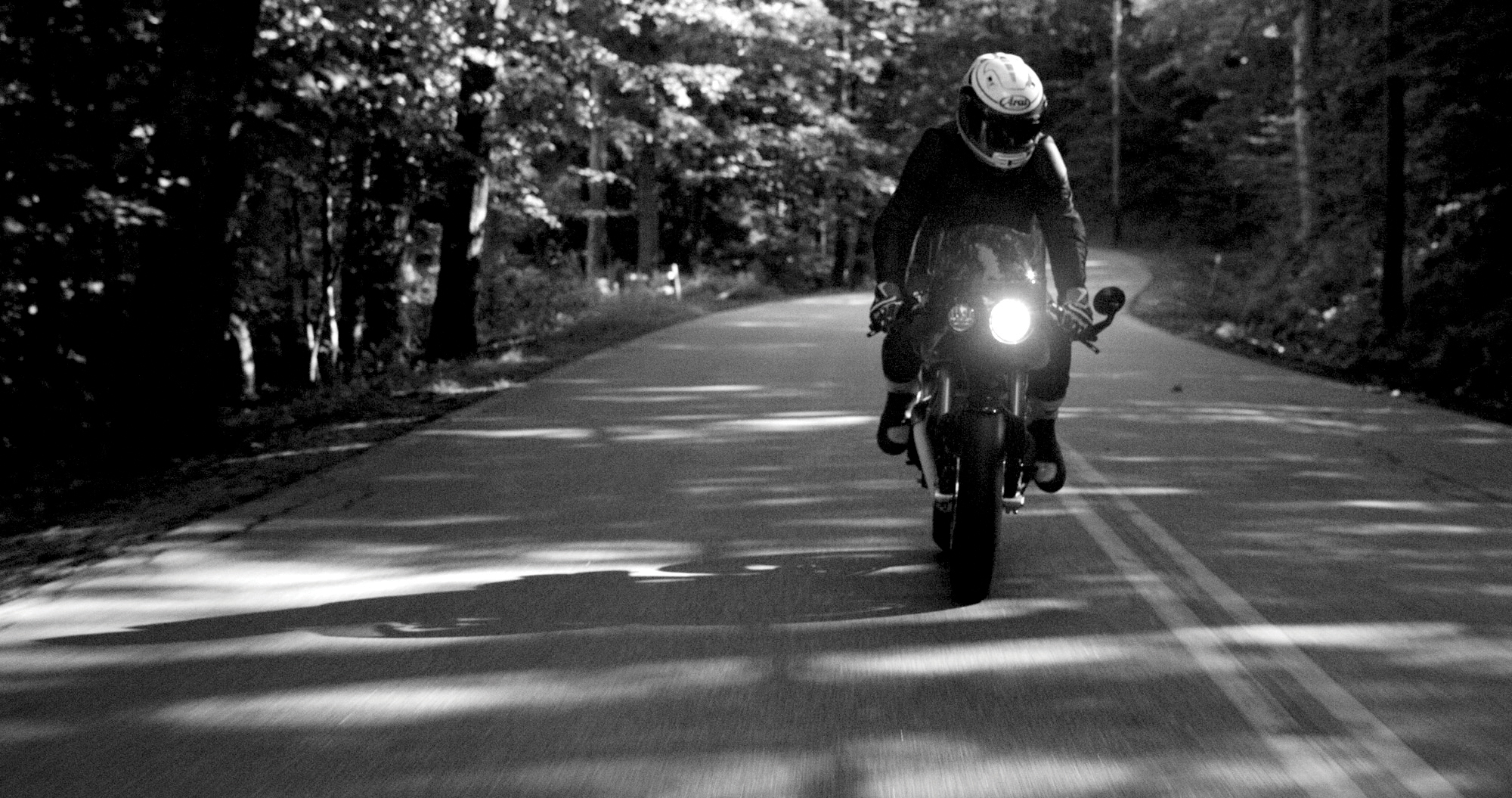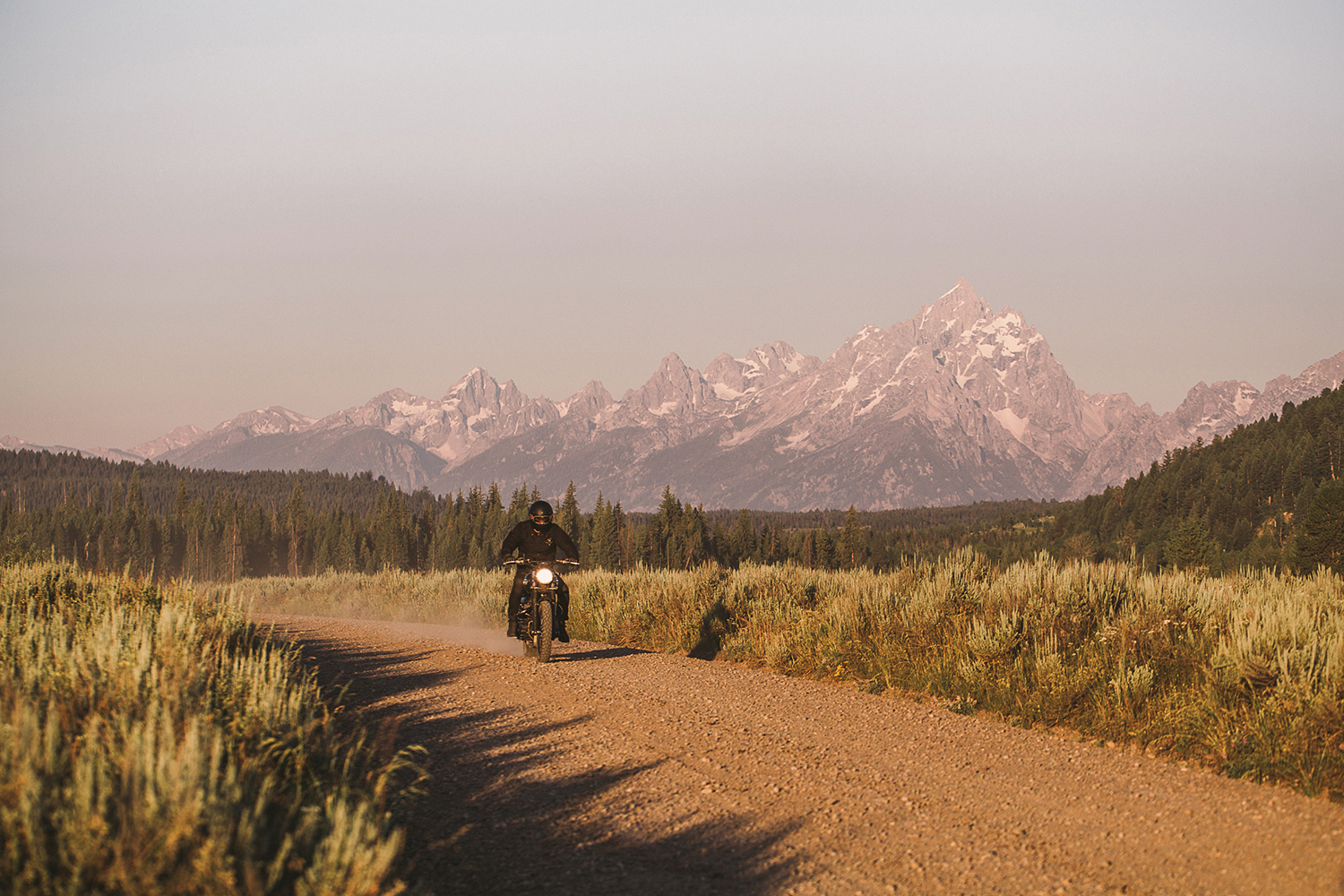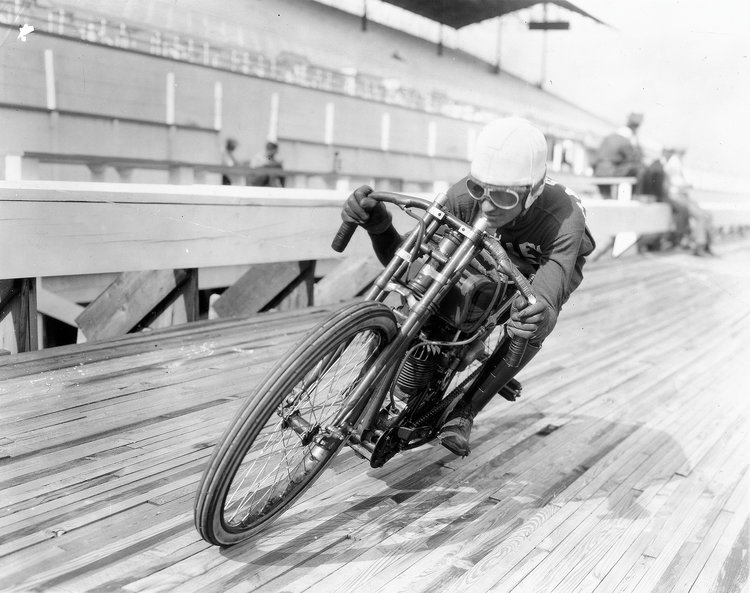The insurance papers sat in his garage, waiting to be signed. “I know, I know,” he said in response to his agent’s pleas. It was the winter of 2006 and Fonseca, slightly obsessive-compulsive about neatness, order, and organization in all parts of his life, knew that he had to finish this unpleasant but necessary piece of business. The supercross series was young, but Fonseca was having a mediocre year. At Round One in Anaheim, he pulled up to his mechanic, Jason “Gothic Jay” Haines, and said, “I think it’s time for me to retire. I feel like a squid!” He was competing on a 450 four-stroke for the first time and trying to find harmony between the bike’s explosive power and his smooth, scrupulous riding technique. “I wasn’t having any fun anymore,” he says today. It was a recurring feeling that started months prior, in preparation for the 2006 season. The night in Anaheim improved, however, and Fonseca qualified well and then led the first four laps of the main event. But instead of focusing forward, he felt like he didn’t belong there. “That’s when you know something isn’t right,” he says. On lap five, with a nearly three-second lead over Chad Reed, Carmichael, and James Stewart, he went over the bars; he finished sixth. The following races were worse: seventh, sixth, 17th, seventh, and ninth, finishing behind even the semi-retired Jeremy McGrath.
Fonseca was only 24, but “what’s next” was already on his mind. He was committed to Honda until the end of the 2007 season, but the future beckoned. He had already inquired about becoming an Oakley distributor in Costa Rica. This was pure Fonseca, always planning, saving, preparing.
“I just pictured myself and I knew it was coming to an end,” he says. “I was training super hard and the results weren’t really there. When you’re as competitive as I am, that takes a toll on you.”
The papers in waiting were for a catastrophic-life-insurance policy. From 2000 to 2003, Fonseca carried Lloyd’s of London insurance that would pay him a one-time lump sum of $1 million if his career unexpectedly ended. The premium was $35,000 a year and Fonseca said the brokers wanted to raise it to $70,000 for the same payout. “That’s just dumb,” he says. “You’re betting that you’re going to get hurt.” He let the policy run out.
When Fonseca started working with Tony Gardea in 2005, he asked him to find an alternative policy. Through an investment colleague, Gardea located one designed for geriatrics who require long-term care. The policy had narrower limitations than the Lloyd’s, but Gardea remembers the premiums being very inexpensive—about $2,000 to $3,000 a year—because his client wasn’t even old enough to rent a car without special provisions. For Fonseca to receive payout, incapacitation would have to be his outcome; receive payout, incapacitation would have to be his outcome; that was fine. He had been wise with his earnings, but the catastrophic policy brought more peace of mind; the payouts would be monthly and he wouldn’t have to worry about money. In February 2006, he signed the policy and got it back to Gardea. When the series shifted east late that month, he broke through in St. Louis and scored a third place behind Reed and Ivan Tedesco (nickname: “Poison Ivy”). Momentum was shifting and he was adjusting to the bike.
On Tuesday, March 7, 2006, Fonseca was preparing for the Daytona Supercross at a private Murrieta, California, track he had rented with his teammate Andrew Short. They paid $10,000 for unlimited and exclusive access between January and May for a short and tight track with dark, rocky dirt; it was something different and fresh. It was a pleasant day in the low 80s and Alex Ewing remembers wearing short sleeves and shorts. The agenda was testing header pipes. Fonseca’s motor had been detuned, but he was still looking for mellower power delivery, so the goal was to find a suitable header-pipe length that paired with the engine settings; the longer the pipe, the less abrupt the power. Changes were made in 20mm increments. Testing started at 10 a.m., and by 1 p.m. they had tried four different pipes. For each test segment, Fonseca would run five to six laps and come in for adjustments. Between 1 and 2 p.m., Fonseca felt he had made his selection, and he headed back onto the track to confirm his pipe choice to pair with the engine setting, a completely normal procedure. After testing several variations of a single part, riders will look over their notes, reapply the setting they liked best, and retest it.
